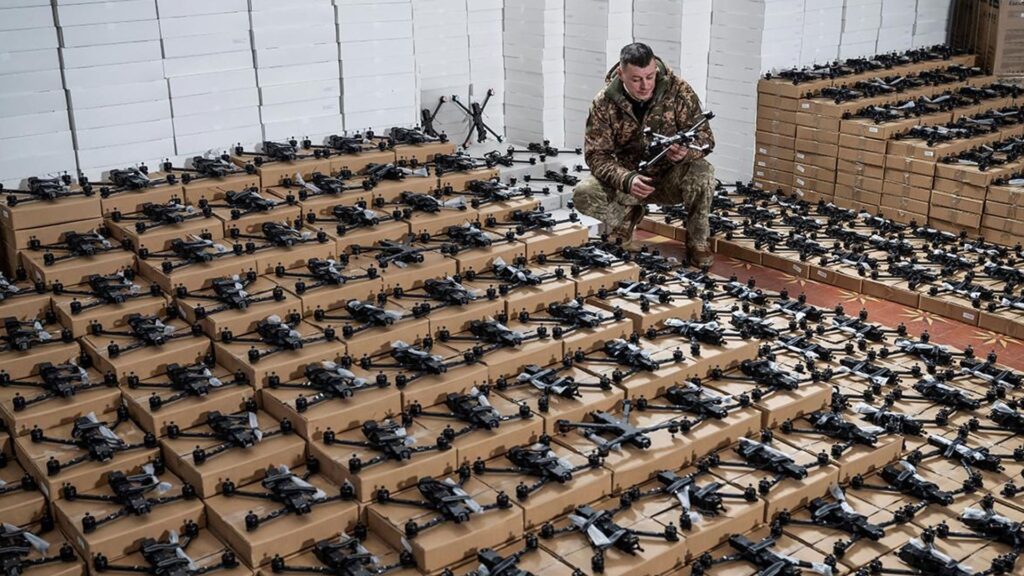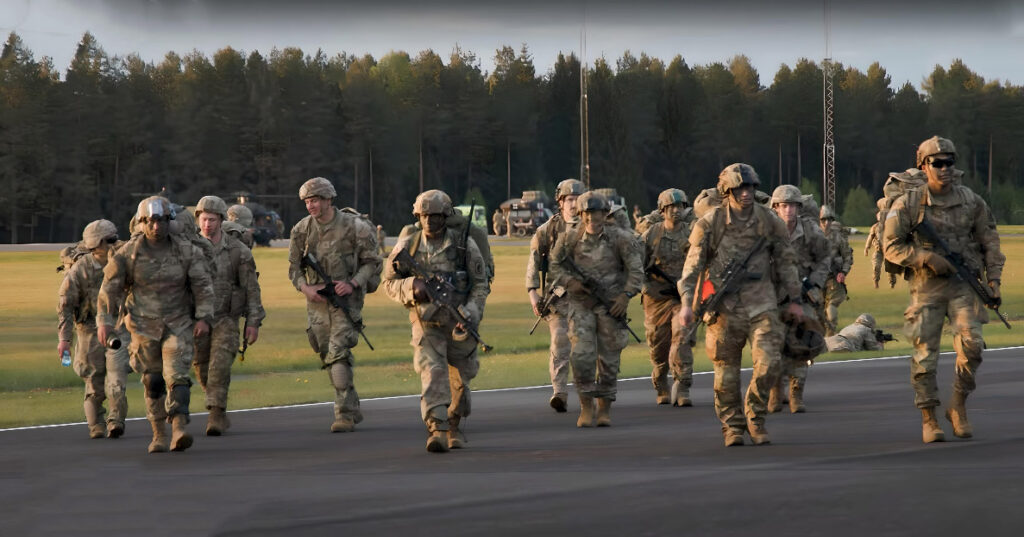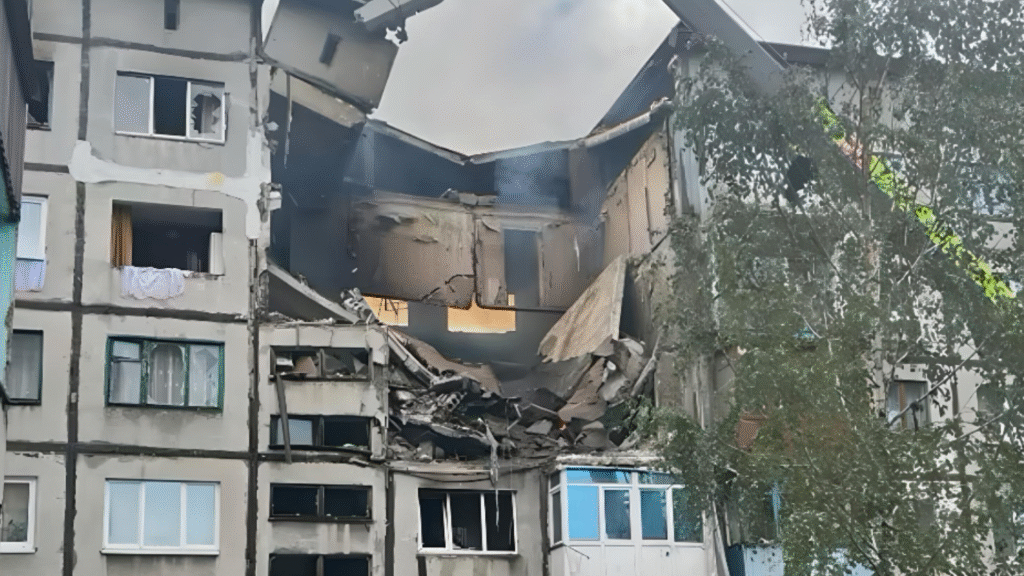On July 21, 2025, the 29th meeting of the Ukraine Defense Contact Group—known informally as the Ramstein format—took place online, bringing together defense ministers and their deputies from 52 nations. The gathering came at a critical moment, as Ukraine faces an intensifying wave of Russian attacks and seeks to bolster its defense capabilities through advanced technology and industrial ramp-up.
Ukrainian Defense Minister Denys Shmyhal announced that the country requires $6 billion in additional military funding by the end of the year to expand domestic weapons production. The focus is on high-impact technologies: FPV drones, interceptor drones to counter Russian UAVs, and long-range systems capable of striking deep inside Russian territory. The shift signals a new phase in the war—where technological superiority and strategic reach are becoming decisive factors.
Commander-in-Chief of Ukraine’s Armed Forces Oleksandr Syrskyi emphasized the critical need for air defense systems and corresponding munitions. As ballistic missile and drone attacks intensify, protecting infrastructure and civilian populations is more urgent than ever. In response, Germany and the United States have agreed to supply Ukraine with five additional Patriot systems. These systems, capable of intercepting ballistic and cruise missiles as well as aircraft, represent a significant reinforcement of Ukraine’s air shield. According to Reuters, Germany will finance two of these systems, while Norway will provide one—highlighting a continued willingness among allies to commit resources where they matter most.
Secretary of Ukraine’s National Security and Defense Council, Rustem Umerov, noted that international security assistance in 2025 has already reached an unprecedented $43 billion—more than in any previous year since the full-scale invasion began in 2022. This figure reflects not only a growing sense of urgency but also the long-term resolve of Ukraine’s partners to prevent a further unraveling of European security.
UK Defense Secretary John Healey confirmed that his country will allocate £4.5 billion (approximately $5.8 billion) in military aid to Ukraine this year. This includes £700 million earmarked for artillery shells, long-range missiles, and defensive systems. In just the last two months, the UK has already delivered £150 million worth of aid and supplied roughly 50,000 drones—ten times the volume sent in 2024. The massive scale-up underscores a clear strategic direction: leveraging mass and advanced technology to maintain battlefield momentum.
Back in April 2025, partners pledged a record $23.8 billion during the Ramstein meeting in Brussels. Germany committed €11 billion through 2029. The UK and Norway jointly announced a £450 million ($585 million) drone package, while the Netherlands pledged €2 billion, including €500 million for the Drone Line project—aimed at integrating UAVs into tactical operations. Luxembourg contributed €80 million toward drones and electronic warfare systems, and Canada provided $47 million for artillery and military equipment.
Together, these commitments reflect a broader evolution in the nature of support to Ukraine: moving from episodic aid to coordinated, strategic industrial cooperation. The war is no longer seen as a regional crisis but a defining challenge to global security architecture.
Ukraine is not simply requesting help—it is offering its partners a stake in shaping a new security paradigm grounded in resilience, autonomy, and innovation. The message from this latest Ramstein meeting is clear: the international coalition remains not only intact but increasingly synchronized in its commitment to defending Ukraine and the principles at stake in this war.



